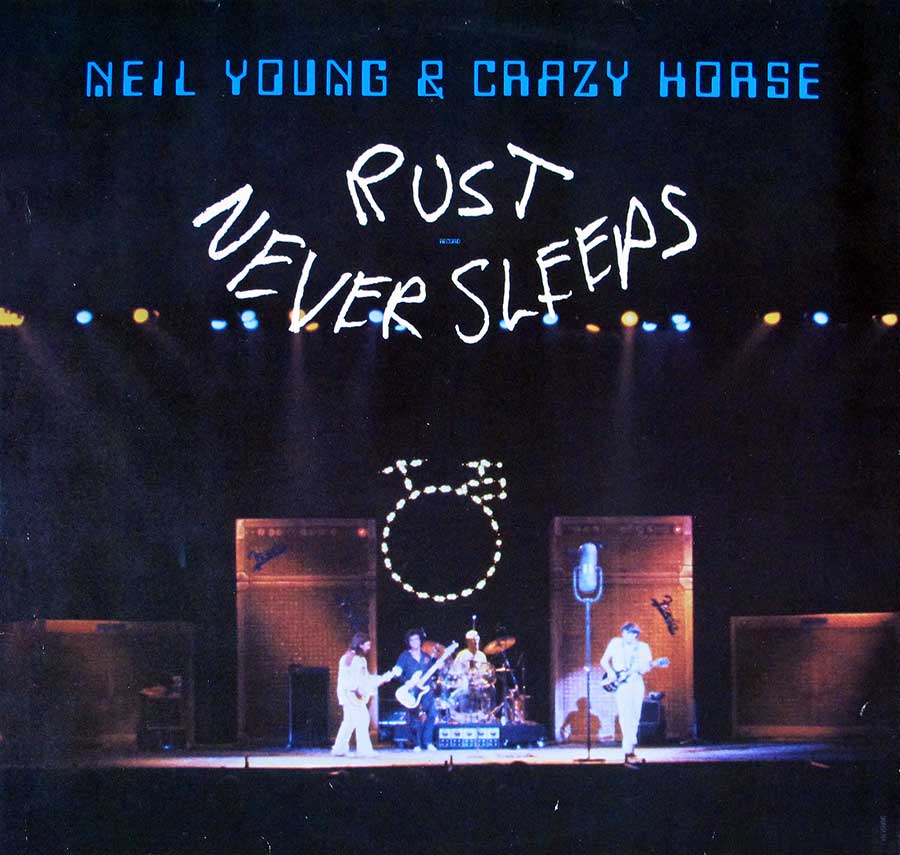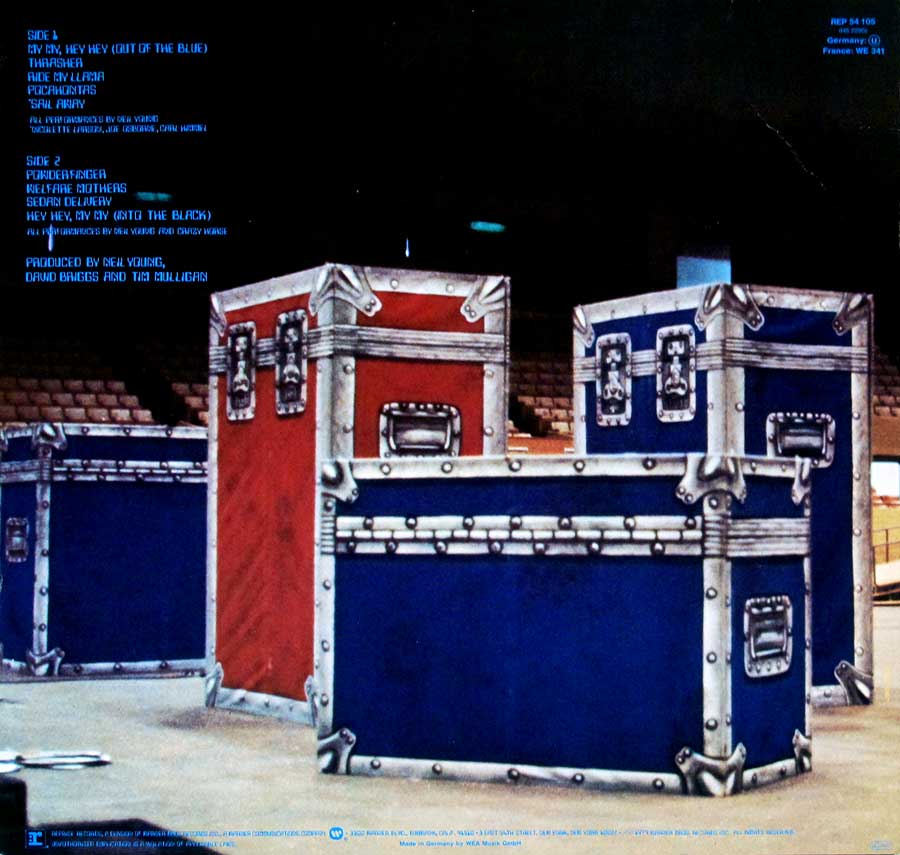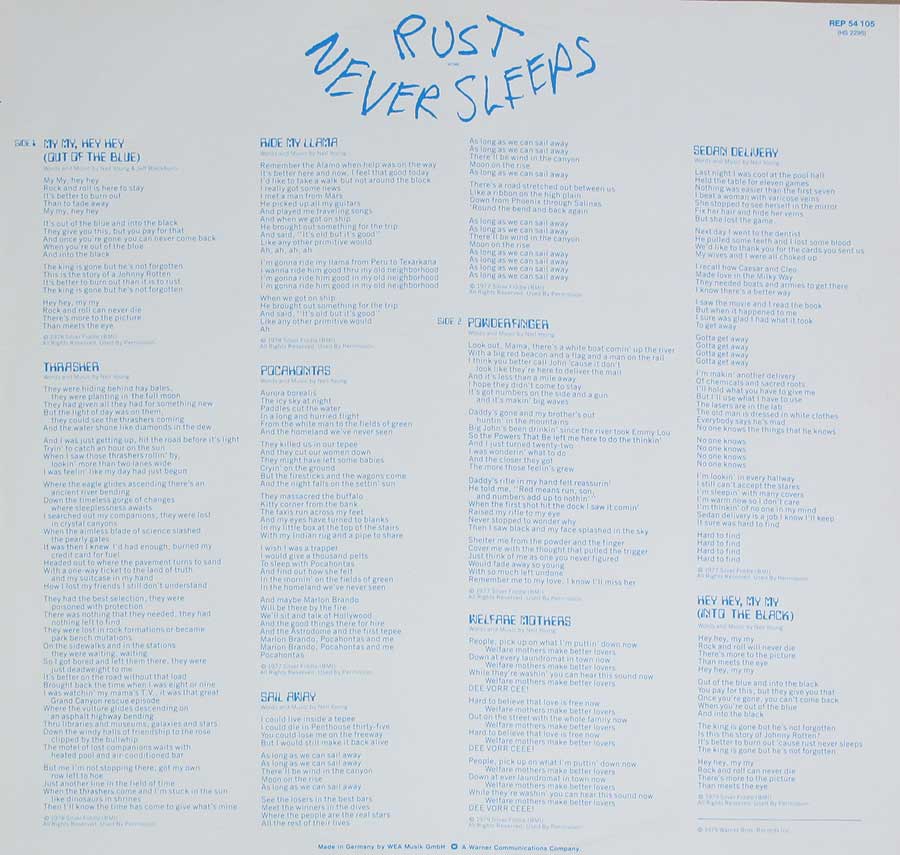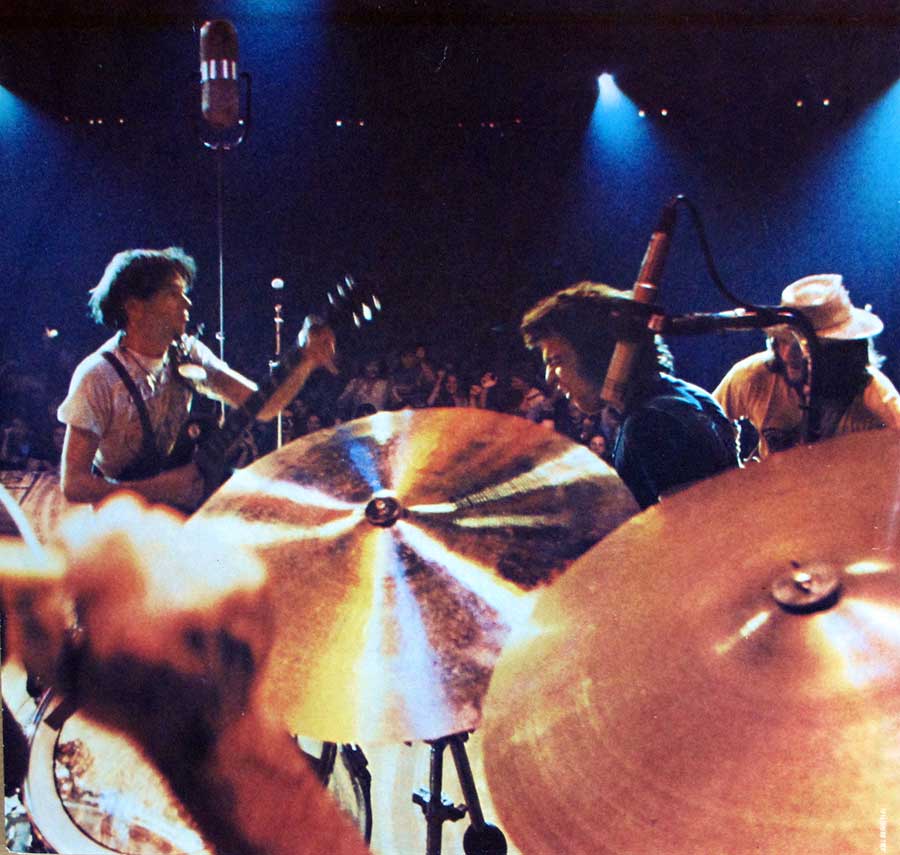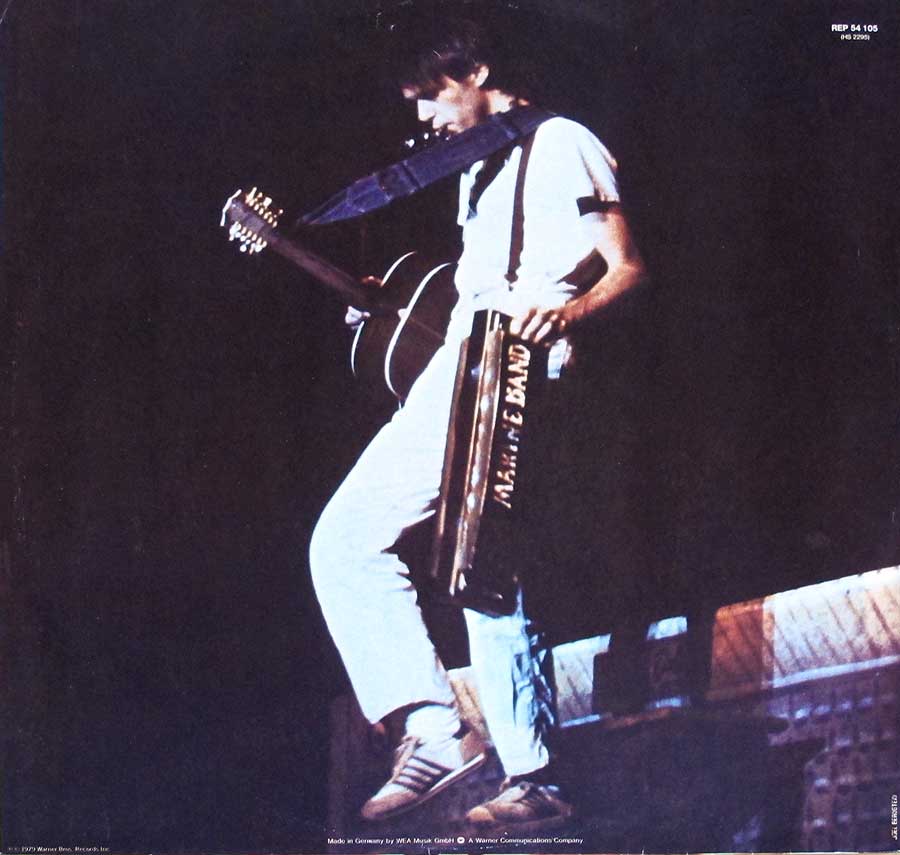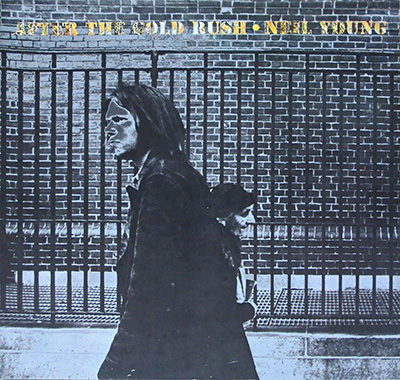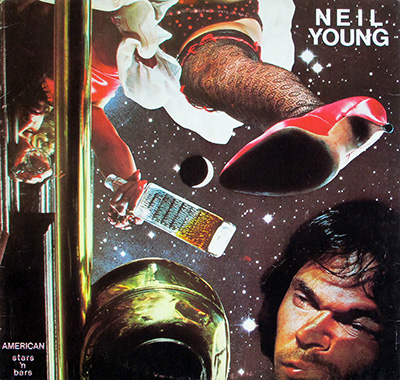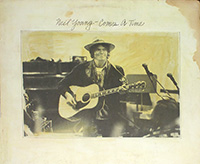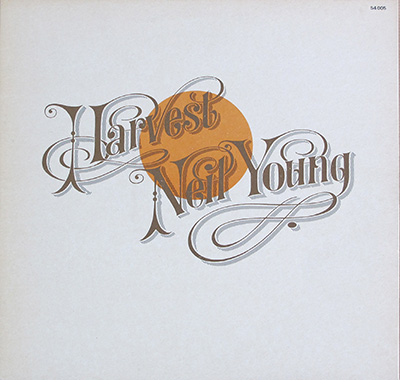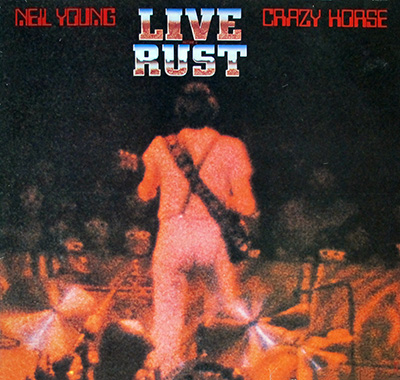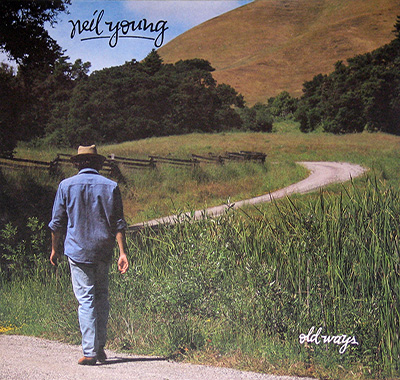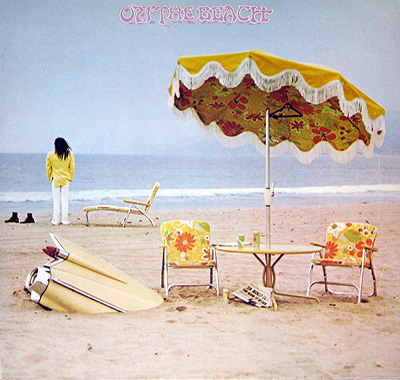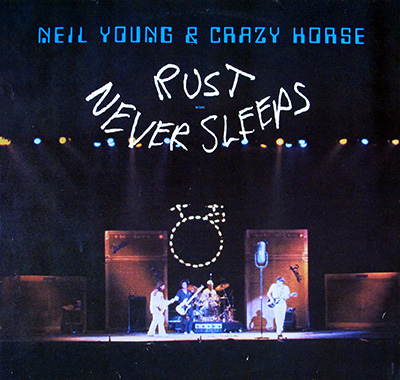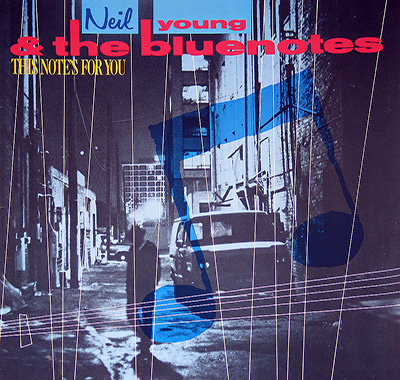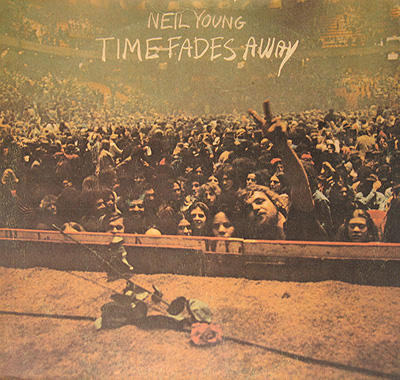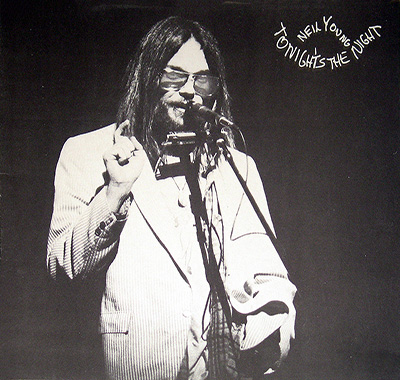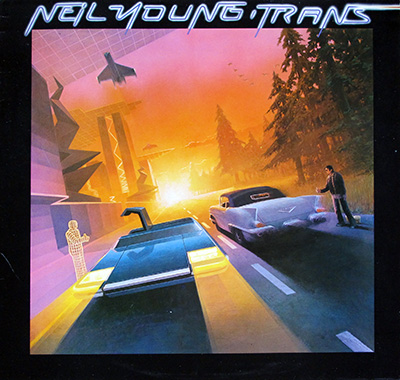In the annals of rock and roll, there are albums that merely entertain, and then there are albums that sear themselves into your soul, leaving an indelible mark. Neil Young's "Rust Never Sleeps," released in 1979, falls squarely into the latter category. This live album, a raw and visceral document of Young's restless spirit, is a testament to his enduring power as a songwriter and performer. It's a primal scream, a howl against the dying light of the 1970s, and it still resonates with a ferocious intensity today.
Historical Context and Musical Exploration
"Rust Never Sleeps" arrived at a pivotal moment in Young's career and in the broader cultural landscape. The late 1970s were a time of transition, with the idealism of the 1960s giving way to a sense of disillusionment and uncertainty. Punk rock was exploding, challenging the bloated excesses of mainstream rock, and disco was dominating the airwaves. Young, never one to follow trends, responded with an album that defied easy categorization. It was a mix of acoustic ballads and raucous electric jams, a collision of folk, rock, and proto-grunge.
Musical Genre and Controversies
Young's refusal to be pigeonholed into a single genre was a source of both admiration and frustration. Some critics praised his willingness to experiment, while others accused him of inconsistency. "Rust Never Sleeps" only fueled this debate. The album's first side featured acoustic songs like "My My, Hey Hey (Out of the Blue)" and "Thrasher," which showcased Young's introspective songwriting. But the second side unleashed a sonic assault with electric anthems like "Powderfinger" and "Hey Hey, My My (Into the Black)," which featured Young's signature distorted guitar solos and the raw power of his backing band, Crazy Horse.
This duality, this juxtaposition of acoustic vulnerability and electric fury, was at the heart of "Rust Never Sleeps." It reflected Young's own internal contradictions, his search for balance between introspection and rebellion.
Production Team and Recording Studio
Young produced "Rust Never Sleeps" himself, with assistance from David Briggs and Tim Mulligan. The album was recorded live at various venues across the United States in 1978, capturing the energy and spontaneity of Young's performances. The sound is raw and unpolished, a stark contrast to the slick production values of many contemporary albums. This rawness only adds to the album's power, making it feel like a direct transmission from Young's soul.
